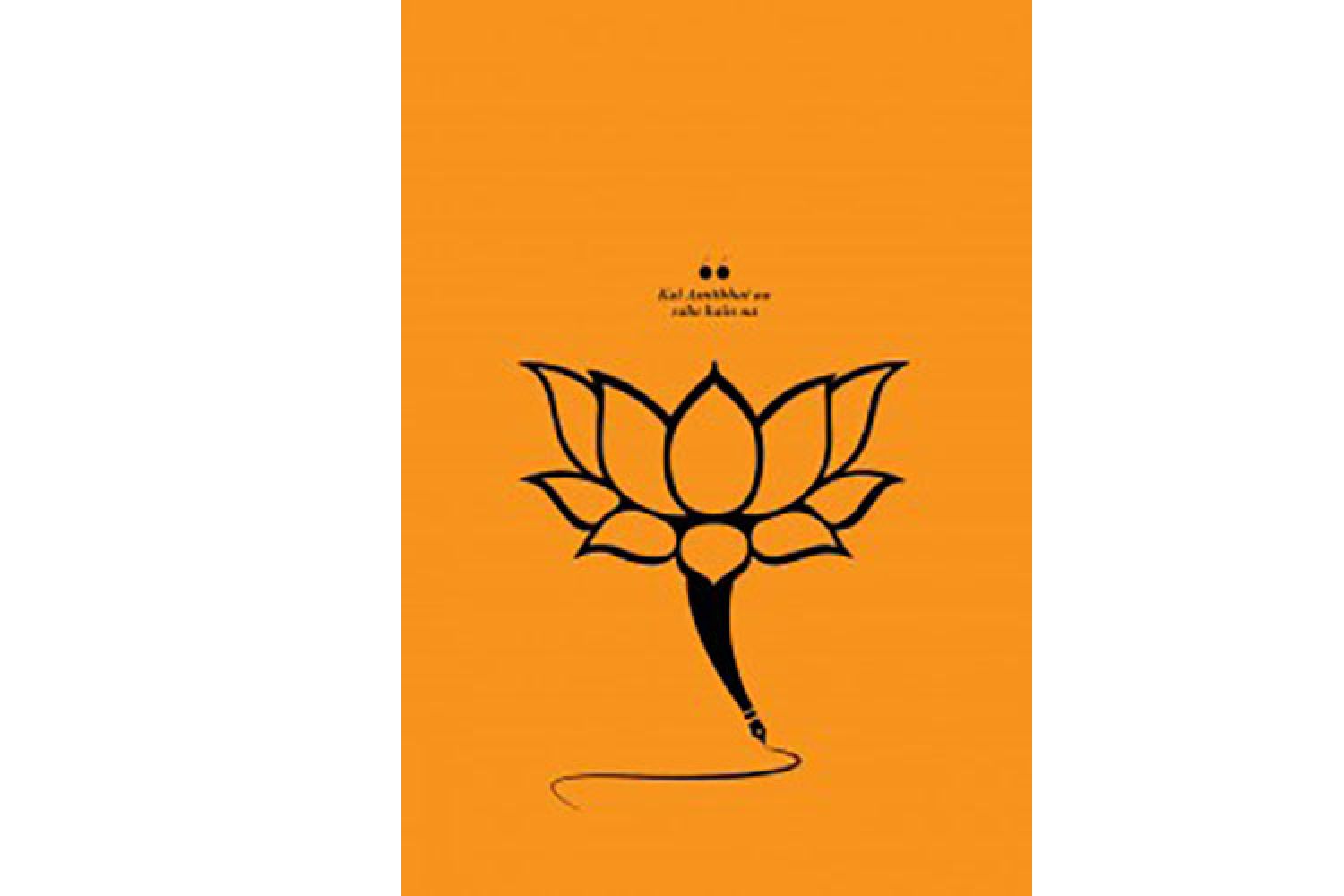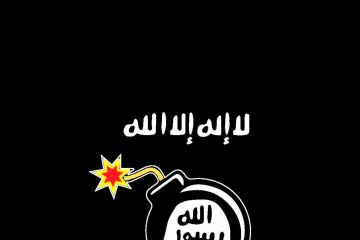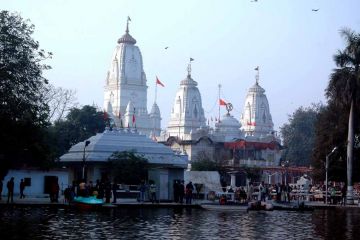
June 29, 2016 happened to be the 152nd birth anniversary of
Sir Ashutosh Mukherjee (1864-1924), father of Dr. Syama Prasad Mookerjee
(1901-53), founder of the Bharatiya Jan Sangh (BJS). So it was a good day for
Amit Shah—president of its latest avatar, the Bharatiya Janata Party (BJP), Dr.
Mahesh Sharma, minister of state for tourism & culture, and Tathagata
Roy—governor of Tripura, with additional charge of Arunachal Pradesh—to meet in
the unusual surroundings of the Nehru Memori





